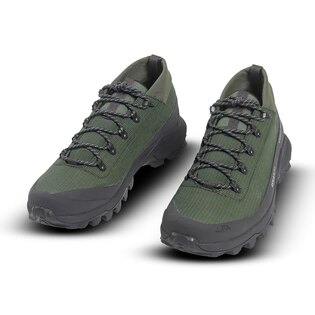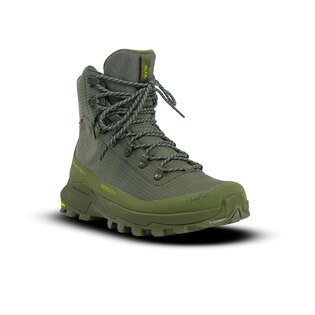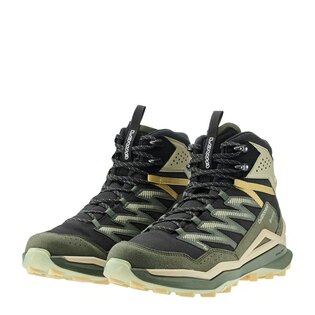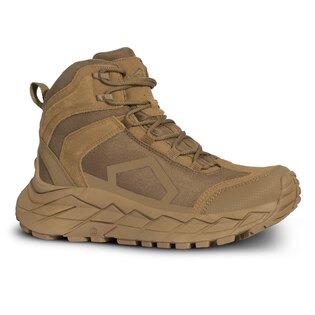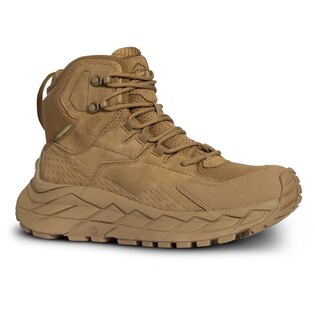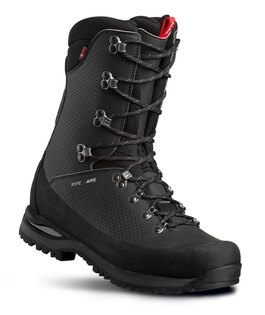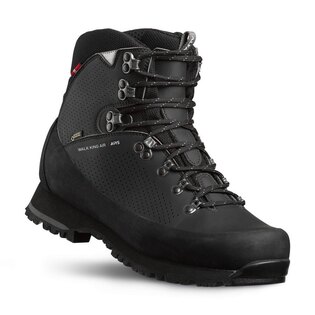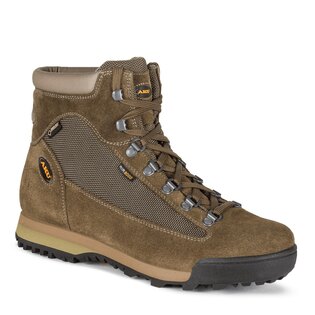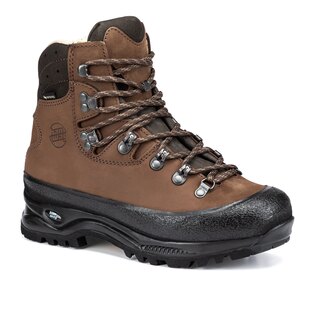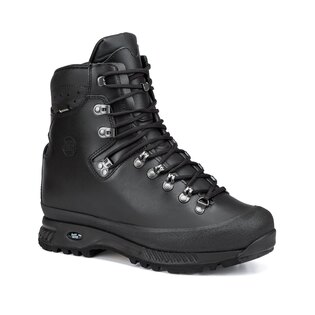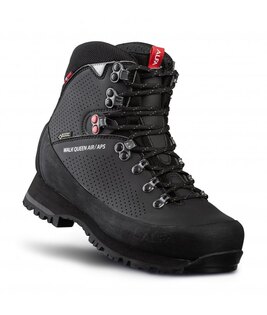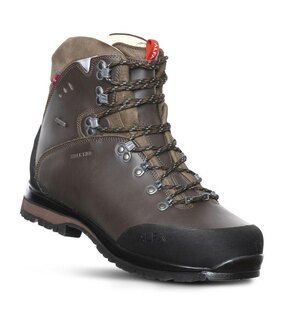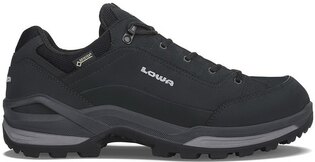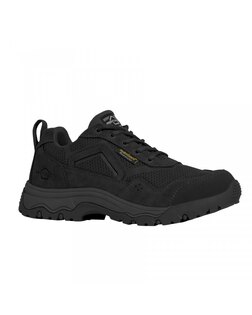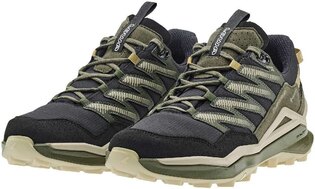Break in your outdoor boots before your first hike
In this article, we will offer you some tips on how you can break in your new army or trekking boots and thus ensure the comfort of boots that are adapted to your feet from the start. You won't have to worry about blisters and hardened heels, symptoms that plague most new footwear owners.
1) Wear the boots for shorter routes
So how do you break in the new army or trekking boots? There are many options. One of them is completely simple and prosaic – before you go on a hike, try to wear your new mountain boots at home or on walks "around the fence". The material will gradually begin to stretch and you will have less negative consequences on your first hike. The advantage of wearing hiking boots at home is that you can take them off at any time. So, as soon as they start to push you, just change them for more comfortable shoes that better match the home environment.
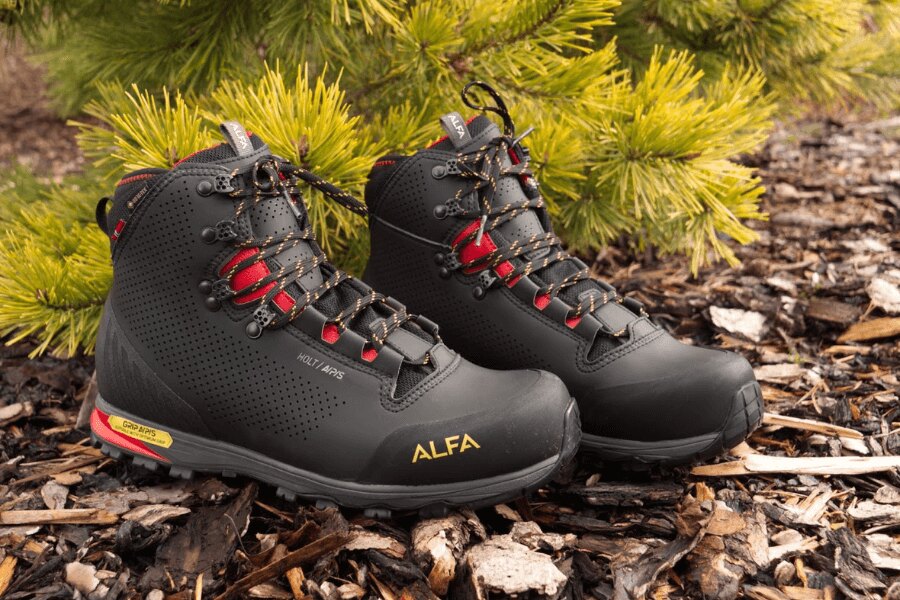
Before you go on a hike in the new mountains for the first time, try breaking them in at home or on short walks.
2) You can heat leather boots
There is another trick you can try when wearing your new boots at home. If it's not too hot, wear thick socks in your boots. You might feel like you can't fit into the boots at first, but once you do, you're halfway there. Then walk around and find out where the boots push you the most.
Then carefully heat these places with a hair dryer for a while while trying to move your foot in the boot. Yes, it's uncomfortable, but it's still better than going on a twenty-kilometer hike in tight boots. It should also be noted that this procedure only works with leather footwear, or boots where leather is the predominant material.
3) Fill your boots with grain
You can fill your new boots with grain as a precaution. Ideal before you go on your first trip and get sweaty feet in them. This is so that you don't have to throw away the grain, but you can use it further. The principle is that you pour the loose commodity with water inside the boot and leave it to act overnight. The grain absorbs water and increases its volume. And so the volume of the boot itself increases. However, be careful with materials that could be damaged by long-term exposure to high humidity – even though this kind of problem usually does not bother hiking boots.
4) Stuff newspaper into your boots
A similar option is to stuff damp newspaper into the inside of the boots. Here it is important to be careful not to change the shape of the boots. It should remain natural even after being filled with newspaper. After drying, you can wear the boots.
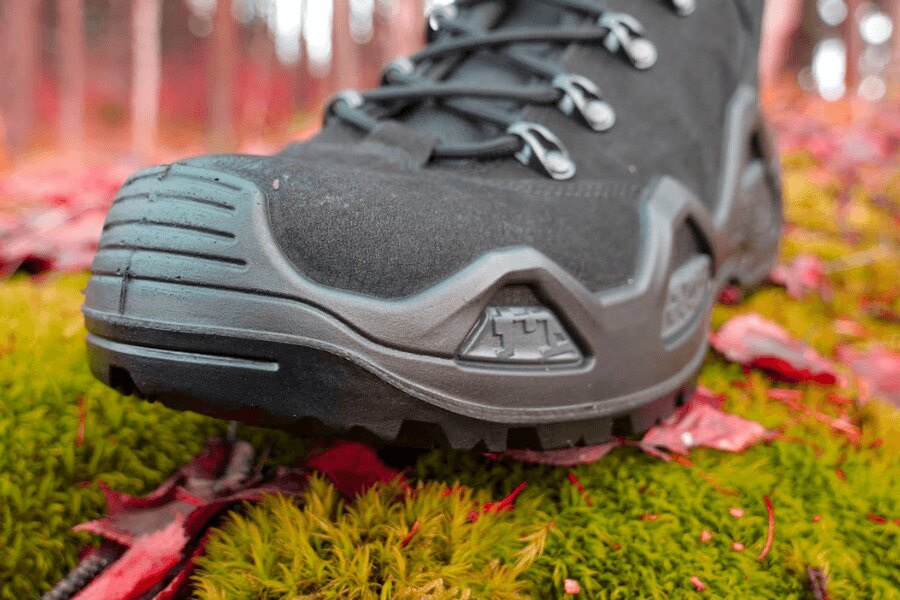
Will you try to stretch new trekking boots using "grandmother's" advice, or would you rather entrust them to a professional?
5) Invest in shoe lasts
Not only for the first time, but also for every subsequent use, shoe lasts will come in handy for storing and drying footwear. Thanks to this, your mountain boots will retain their shape for a long time.
6) Use professional services
If you have bought expensive boots and are afraid that you would damage them if you followed the above "grandmother's" advice, then all you have to do is use the professional services of a cobbler, who will stretch your boots professionally and with a guarantee. Today, however, such cobblers are nowadays few and far between, so expect that this service will not be completely cheap.
Alternative: go into nature in sandals
Although sandals and socks are a trademark of Czech tourists rescued by the mountain service in the Tatras, surprisingly sometimes it doesn't have to be a completely bad idea. Sandals, barefoot or running shoes can be a great choice even in more demanding terrain. Sometimes you can even take off your shoes and start grounding – connecting with the earth by walking barefoot. However, our feet are usually not used to such a procedure, so it is better to train, for example, near home or in the garden.
Readers are further interested





































































































































